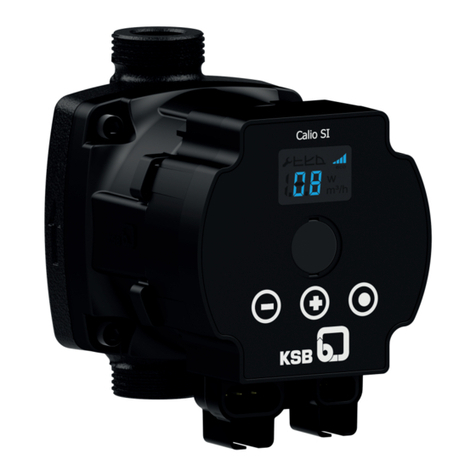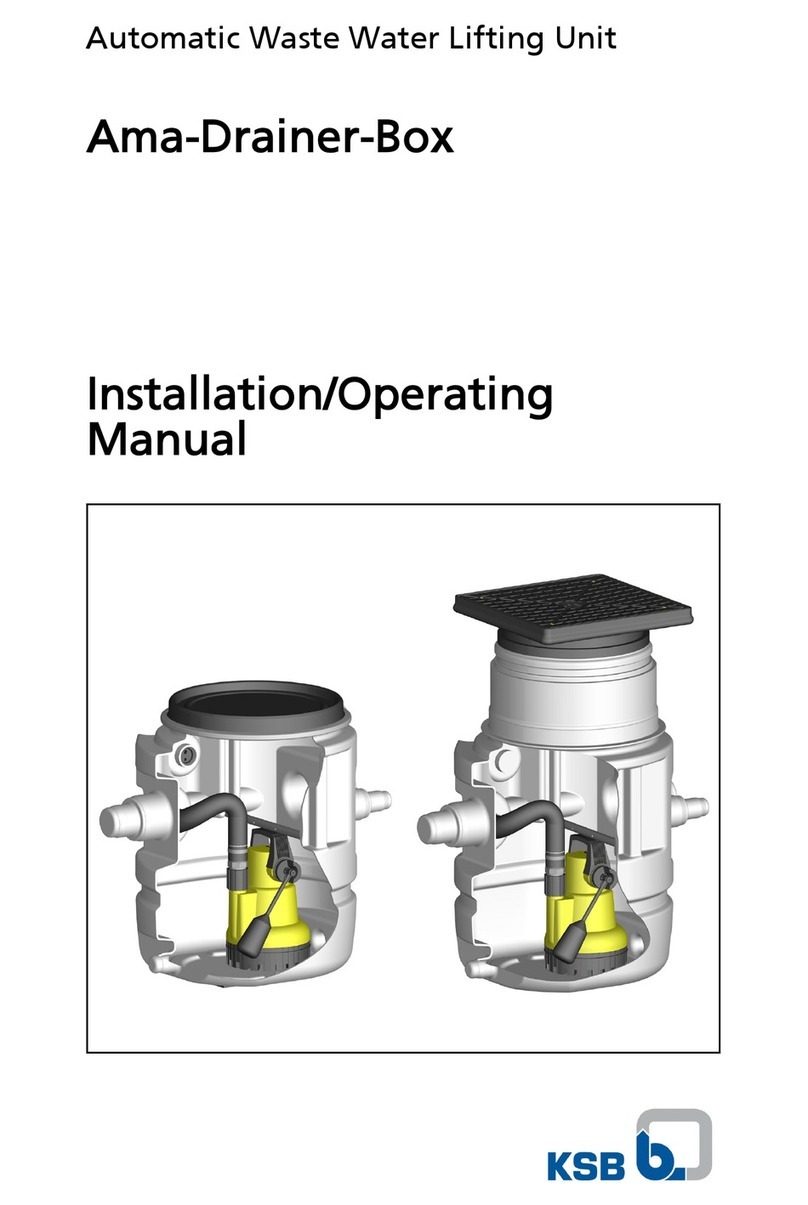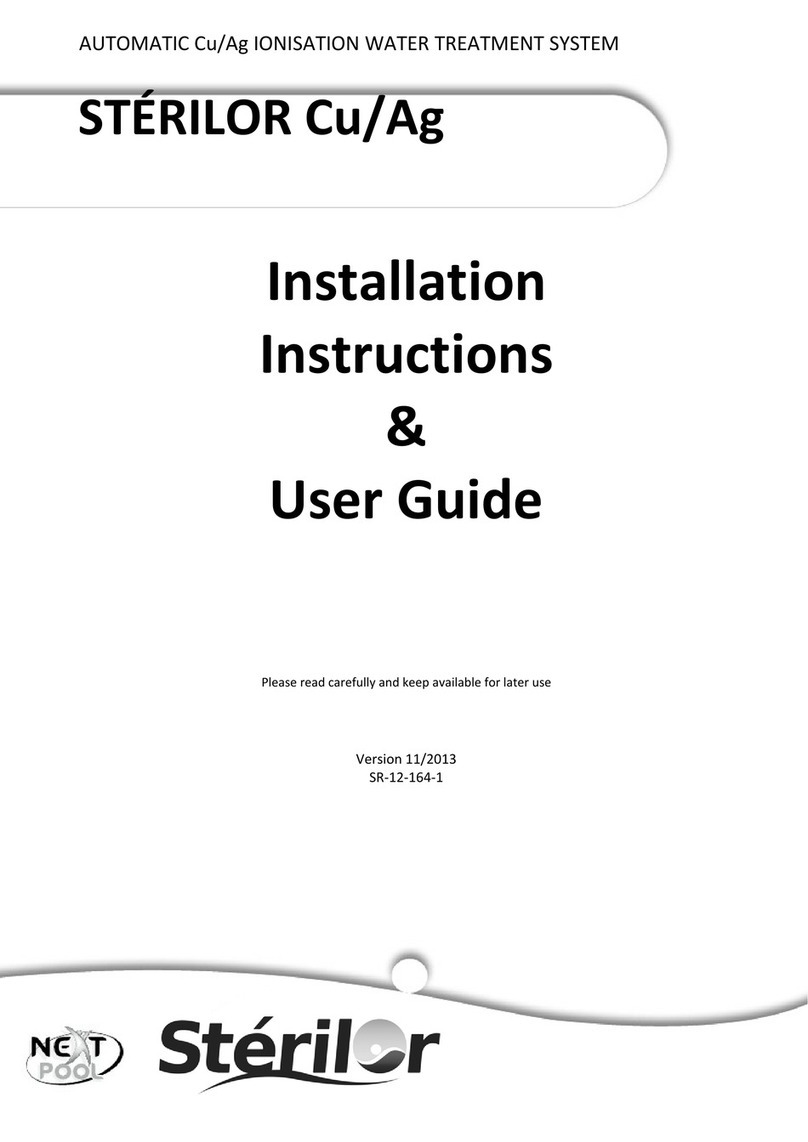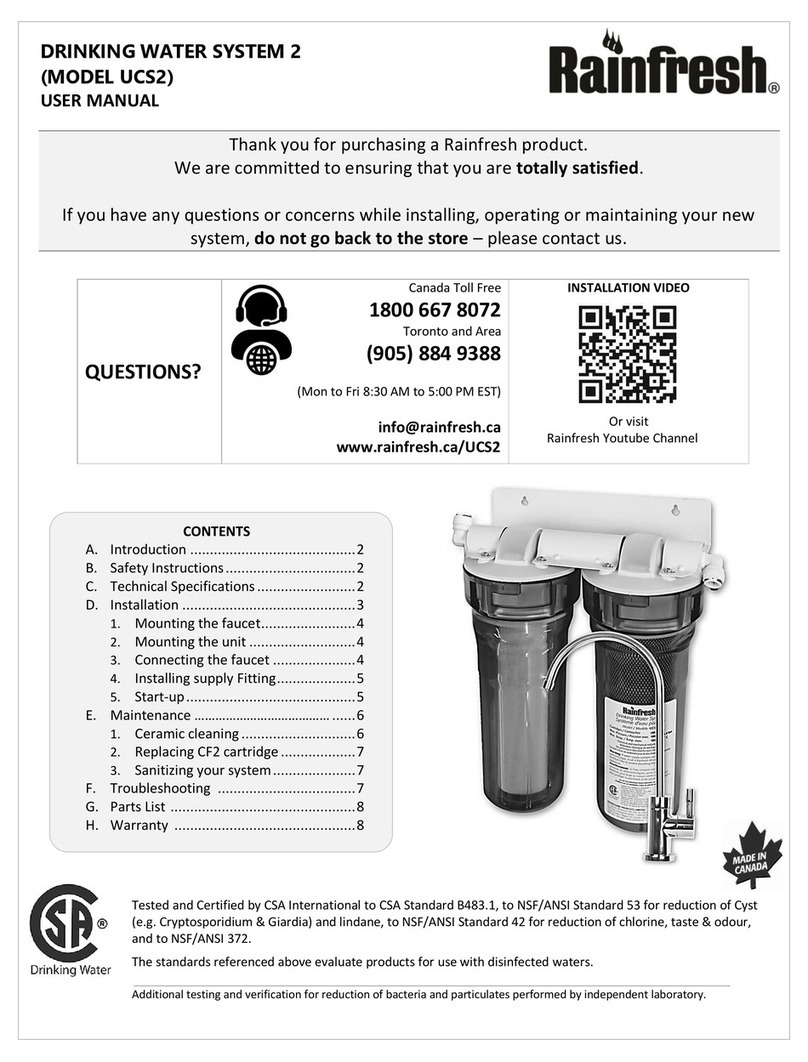
Contents
3 of 38
MIL 90000
Contents
Glossary .................................................................................................................................................. 5
1 General.................................................................................................................................................... 6
1.1 Principles ...........................................................................................................................................................6
1.2 Target group.....................................................................................................................................................6
1.3 Other applicable documents............................................................................................................................6
1.4 Symbols .............................................................................................................................................................6
1.5 Key to safety symbols/markings.......................................................................................................................6
2 Safety...................................................................................................................................................... 8
2.1 General..............................................................................................................................................................8
2.2 Intended use .....................................................................................................................................................8
2.3 Personnel qualification and training...............................................................................................................9
2.4 Consequences and risks caused by non-compliance with this manual .........................................................9
2.5 Safety awareness ..............................................................................................................................................9
2.6 Safety information for the operator/user.......................................................................................................9
2.7 Safety information for maintenance, inspection and installation ..............................................................10
2.8 Unauthorised modes of operation................................................................................................................10
3 Transport/Storage/Disposal ................................................................................................................ 11
3.1 Checking the condition upon delivery..........................................................................................................11
3.2 Transport.........................................................................................................................................................11
3.3 Storage/preservation......................................................................................................................................12
3.4 Return to supplier...........................................................................................................................................12
3.5 Disposal ...........................................................................................................................................................12
4 Description of the Valve...................................................................................................................... 13
4.1 General description ........................................................................................................................................13
4.2 Product information.......................................................................................................................................13
4.2.1 Product information as per Pressure Equipment Directive 2014/68/EU(PED)................................13
4.2.2 Product information as per Regulation No. 1907/2006(REACH) ....................................................13
4.3 Designation.....................................................................................................................................................14
4.4 Marking...........................................................................................................................................................15
4.5 Name plate......................................................................................................................................................16
4.6 Design details..................................................................................................................................................16
4.7 Function ..........................................................................................................................................................17
4.8 Scope of supply...............................................................................................................................................18
4.9 Noise characteristic.........................................................................................................................................18
5 Installation at Site................................................................................................................................ 19
5.1 General information/Safety regulations .......................................................................................................19
5.2 Installation position........................................................................................................................................19
5.3 Preparing the valve ........................................................................................................................................20
5.4 Piping ..............................................................................................................................................................20
5.4.1 Flange connection..............................................................................................................................20
6 Commissioning/Start-up/Shutdown................................................................................................... 21
6.1 Commissioning/Start-up.................................................................................................................................21
6.1.1 Prerequisites for commissioning/start-up .........................................................................................21
6.1.2 Starting up the system.......................................................................................................................21
6.2 Operating limits..............................................................................................................................................21
6.2.1 Pressure/temperature ratings............................................................................................................21
6.2.2 Ambient temperature........................................................................................................................22
6.3 Shutdown........................................................................................................................................................22
6.3.1 Measures to be taken for shutdown ................................................................................................22
7 Servicing/Maintenance........................................................................................................................ 23
7.1 Safety regulations...........................................................................................................................................23
































